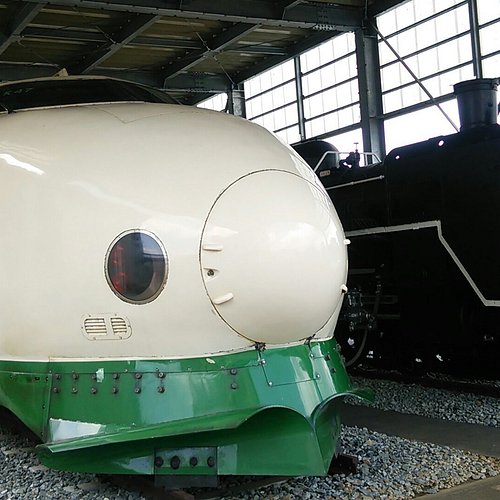What to do and see in Niigata, Chubu: The Best Museums
Discover the best top things to do in Niigata, Japan including Shirone Kite Museum, Sawa Shogen no Yakata, Mizu no Eki View Fukushimagata, Niigata Prefecture Memorial Hall, Minatopia Niigata City History Museum, Aizu Yaichi Memorial Museum, Katahigashi Higuchi Memorial Art Museum, Northern Culture Museum, Niigata Niitsu Railway Museum, Niigata University Asahimachi Museum.
Restaurants in Niigata
1. Shirone Kite Museum
Overall Ratings
4.5 based on 14 reviews
This museum was established in tha hopes of deepening the appreciation of the beauty, history and science of the kites of Shirone, the rest of Japan, and the world-in order to bring recognition to the kite as humankind's universal companion. Those of you who have never made a kite before, and those of you have, won't you try your hand at kitemaking? When the kite rises into the sky, you are sure to be inspired by an emotion you've never experienced before. ● Closed date On the 2nd and 4th Wednesday (however, if this day is a holiday the next day) and December 28 to January 3 ● opening hours 9 am - 5 pm (final admission 4:30 pm) ● Viewing Fee (Individual): Adult 400 yen, elementary to high school student 200 yen (Groups of 20 or more): Adult 300 yen, Child 150 yen However, only on Saturdays, Sundays and public holidays elementary and junior high school students are free
2. Sawa Shogen no Yakata
3. Mizu no Eki View Fukushimagata
4. Niigata Prefecture Memorial Hall
5. Minatopia Niigata City History Museum
6. Aizu Yaichi Memorial Museum
7. Katahigashi Higuchi Memorial Art Museum
8. Northern Culture Museum
Overall Ratings
4.0 based on 98 reviews
A wealthy farmer's house, a nostalgic reminder of the old Echigo Road. On the west bank of the great Agano River, which flows across the Kanbara Plain in Echigo, there is a little village called Soumi. A family, which started out as farmers in this area in the middle of the Edo Period, grew richer from father to son until eventually they built up an enormous fortune and became the greatest landowners in Echigo. The family's name was Ito. During the Meiji Period, the family gradually acquired more land. In their heyday they owned fields covering 13.7 million㎡ spread over one city, four districts and 64 towns and villages. In the Showa Period they were the most prosperous farmers in Niigata Prefecture with an annual rice harvest of over 30,000 bales. However, times were changing and the post-war land reform act meant that these lands were taken out of the Ito family's possession. The magnificent residence, a pure example of traditional Japanese architecture, was constructed over a period of eight years starting in 1882. The grounds occupy an area of 29,100㎡ while the house itself has 3,967㎡ of floor space and no fewer than 65 rooms. In 1946, six months after the end of the Second World War, the Northern Culture Museum Foundation was established in order to preserve the remaining estate which was donated in its entirety to the foundation. The house built by the Ito family, which has withstood wind and snow for so many years, allows people nowadays to glimpse the way of life of a rich farming family in days gone by. In April 2000, the house was registered as a national tangible cultural property.










